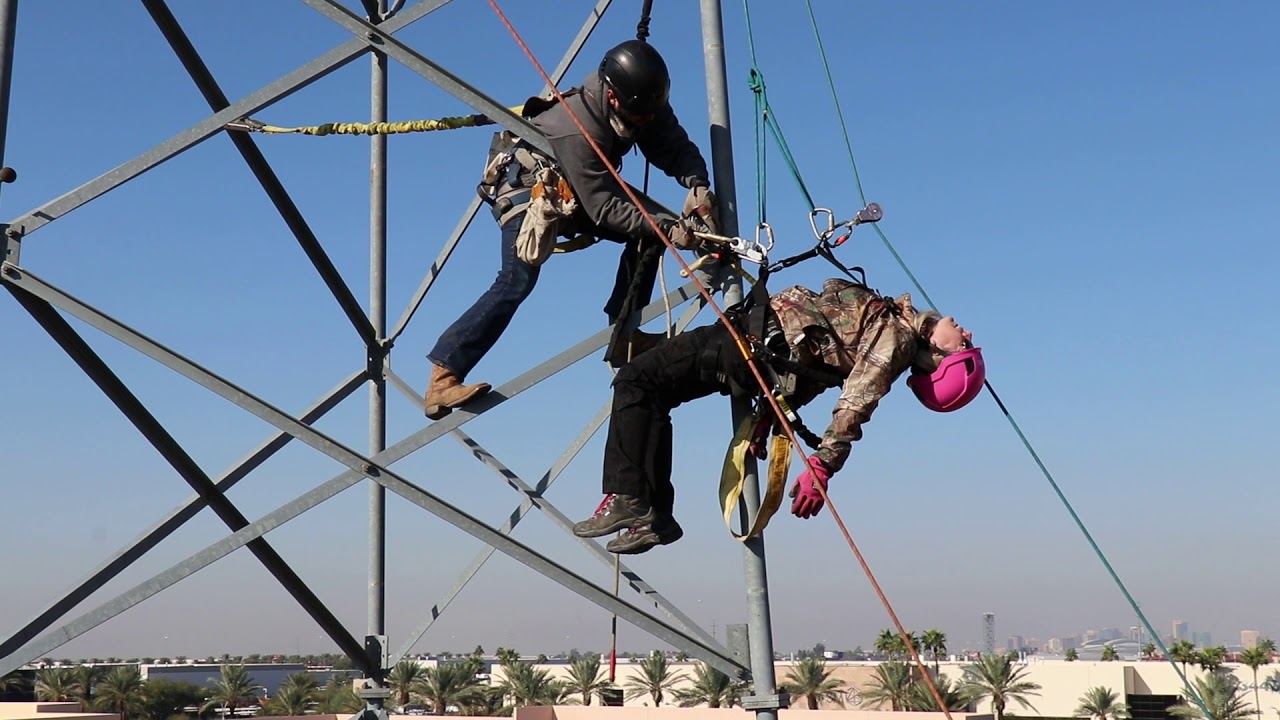Working at great heights seems like a dream for most. The exhilaration and excitement that comes with working above everyone else are incomparable. However, with the thrill comes the danger.
To prevent accidents and mishaps, working at heights mandates training and certification. Tower rescue training courses cover protocols and measures that one must take to remain safe while rescuing another worker at heights. Essentially, a tower rescue worker must be well-equipped for the unexpected.
Moreover, such knowledge will make you more confident about working at heights. The entire concept may seem like a daunting one. Worry not because this guide details everything you need to know about working at heights.
Also Read: Is Your Business Ready for Subscription Billing Service?
What is “Working at Heights”?
Many define working at a height as any work with the risk of falling at least two metres. However, in such cases, one might consider construction, electricity, bridge or tower maintenance work.
These occupations require experts to check, maintain, or resolve issues at great heights.
What does the Law say about working at heights?
Working at a height carries considerable risk and is relatively dangerous. Due to these circumstances, authorities have laws in place to safeguard workers.
The Work Health and Safety Act (WHS) is one of the pillars upon which work standard procedures rest. These duties extend to employer and employee (any person conducting or undertaking a task). Under this, one must undertake measures to mitigate the risks of falls. Employers must ensure employee health and safety. Moreover, they should communicate the risk to any worker it might affect and discuss the safety standards in place.
A fall protection device, a work positioning system (industrial rope access system) or a fall arrest system (tethering) is essential. A combination of these is crucial in effectively mitigating the risk, per the Law.
A guide titled the Model Code of Practice: Managing the Risk of Falls at Workplaces outlines these specific details.
What does Tower Rescue Training offer?
Basic Skills
Companies adopt preventive and protective measures that involve rigging and mechanical equipment. Most courses cover knowledge and skill-based lessons on rigging and climbing. Tower Rescue operations can be tricky, and having more knowledge and experience in this field comes in handy in many situations.
These rigging skills are typically applicable to standard telecom structures since they form the basis of larger ones. Many courses educate workers on WHS legislated rigging and climbing practices.
Structure Assessment and Fall Factors
One of the keys to remaining safe is examining structural integrity and preventing a fall. Many jobs entail examining the integrity of a structure and ensuring that it remains safe and functional. Should the test fail, the worker is also at significant risk, and as a rescue operative, one might need to scale structures with failing integrity.
Courses equip you to gauge structural integrity, secure the structure and identify fall factors. Identification of these factors can help you avoid putting yourself in precarious situations.
EMR Hazards
While some structures may be bridges or construction sites, most remain telecommunication equipment. Telecom companies often have EMR safety standards in place for employees and rescuers. EMR hazard management is essential knowledge for rescues on telecom structures.
Varying risk factors
Each rescue situation is unique, and tower rescues require critical thinking and active minds. Being able to identify the different risks in each operation is crucial. For example, EMR hazards apply to telecom structures, while wind velocity may be a critical risk in taller structures.
Courses train workers to be able to identify and address these additional risks.

















